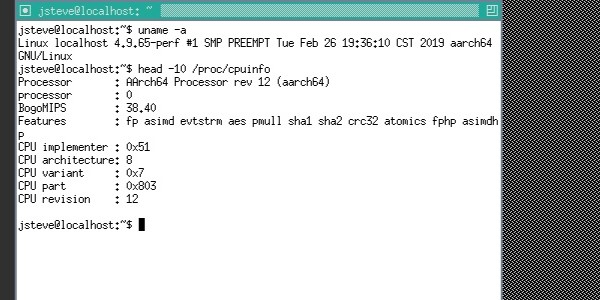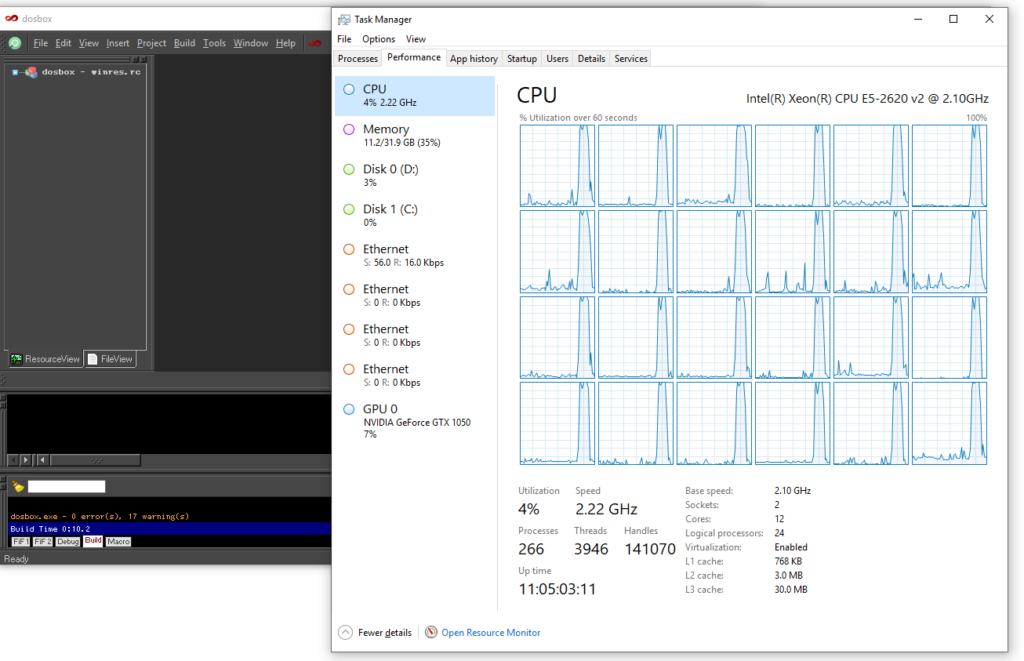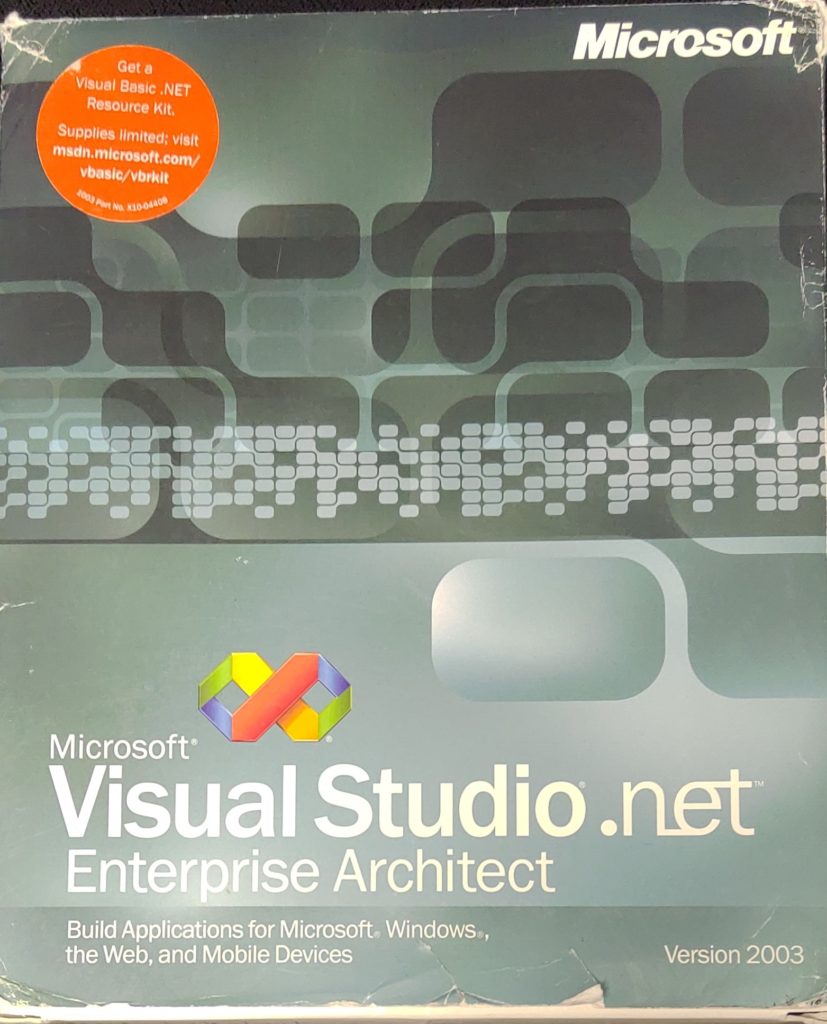From the post on kernel.org:
Linux supports ELF binaries for ~25 years now. a.out coredumping has bitrotten quite significantly and would need some fixing to get it into shape again but considering how even the toolchains cannot create a.out executables in its default configuration, let’s deprecate a.out support and remove it a couple of releases later, instead.
I can’t say I’m all that surprised, maintaining backwards compatibility has not really been a Linux thing, as most people are incapable of doing any troubleshooting in the myriad of hundreds to thousands of independent packages, and instead find it far easier to switch to a different distro entirely.
At the same time, the vast majority of Linux packages are available in source code, so re-building things as ELF most likely has happened in the last 25 years.
During the great ELF migration, it was a gigantic PITA having basically 2 copies of all the libraries as things were converted over, and a.out stuff quickly evaporated. For me, the beauty of a.out was for later kernels to be able to mount and run older stuff. But as we are in the era of both ‘cheap’ user mode kernels along with virtualization will the old executable format truly be missed?
Linux has survived the removal of native support for the 80386, and even the detection logic for the NexGen processors (yes they were real, and yes they did ship), so no doubt this further amputation won’t matter to the vast majority.
I have to wonder how long until the i386 32bit target is removed? Distros like Debian have long since removed support for 80486/80586 classed processors to bring the minimum up to requiring SSE-2 based instructions, and I can’t imagine anyone who is running a 32bit OS for their main OS in this day and era.
diff --git a/arch/x86/um/Kconfig b/arch/x86/um/Kconfig
index f518b47..494eeb5 100644
--- a/arch/x86/um/Kconfig
+++ b/arch/x86/um/Kconfig
@@ -16,7 +16,6 @@ config 64BIT
config X86_32
def_bool !64BIT
- select HAVE_AOUT
select ARCH_WANT_IPC_PARSE_VERSION
select MODULES_USE_ELF_REL
select CLONE_BACKWARDS
Farewell a.out
Update: from further along in the changelog
And Alan Cox points out that the a.out binary loader _could_ be done in user space if somebody wants to, but we might keep just the loader in the kernel if somebody really wants it, since the loader isn’t that big and has no really odd special cases like the core dumping does.







